MIUI 17: Understanding HyperOS 3
Xiaomi has officially launched HyperOS 3, marking a pivotal shift in its operating system landscape. This new software, introduced at the end of 2023, signifies the retirement of the MIUI brand. However, this transition does not mean a complete departure from the past. In fact, HyperOS 3 is fundamentally MIUI 17, adhering to the familiar version numbering that Xiaomi users have come to recognize. This strategic move aims to create a unified operating system across all Xiaomi devices, enhancing the HyperConnect ecosystem.
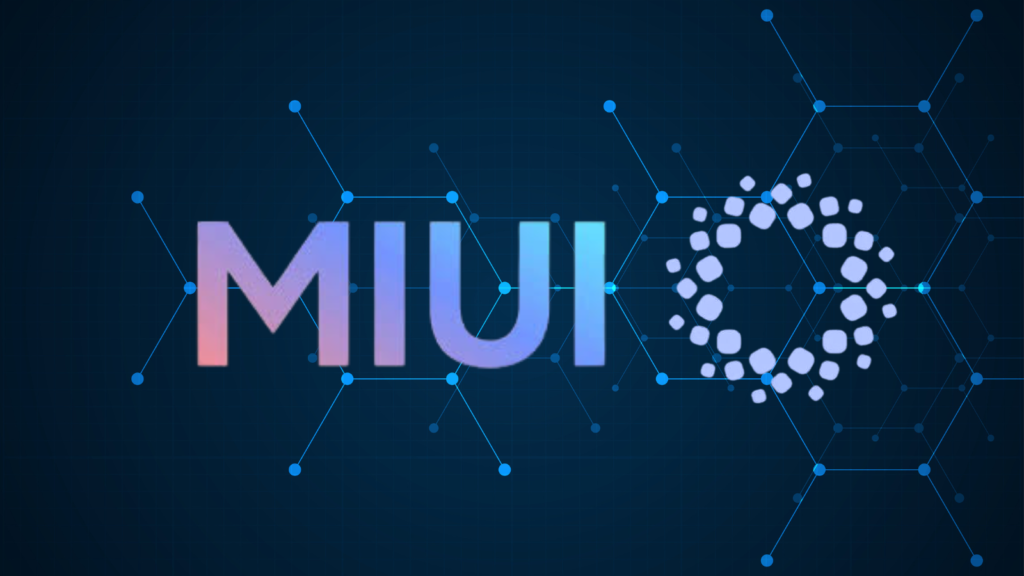
The Legacy of MIUI in HyperOS
While Xiaomi has phased out the MIUI branding, the underlying development framework still relies on the MIUI versioning system. This is crucial for ensuring consistency in software updates and maintaining compatibility across applications. For instance, HyperOS 1 originated from MIUI 15, and HyperOS 2 evolved from MIUI 16. Now, with HyperOS 3, we see a continuation of this trend, as it aligns with MIUI 17. This seamless integration reflects Xiaomi’s commitment to providing a cohesive user experience.
| HyperOS Version | Corresponding MIUI Version |
|---|---|
| HyperOS 1 | MIUI 15 |
| HyperOS 2 | MIUI 16 |
| HyperOS 3 | MIUI 17 |
Confirming HyperOS 3 as MIUI 17
The connection between HyperOS 3 and MIUI 17 is evident in the versioning of Xiaomi’s system applications. Each time Xiaomi updates its operating system, the versions of its core apps, such as Phone and Messages, mirror the MIUI version. For example, HyperOS 1 began with app versions at 15, and HyperOS 2 saw upgrades to version 16. Currently, with HyperOS 3, we can expect the rollout of system apps starting with version 17, further solidifying its MIUI heritage.
The Importance of MIUI Versioning
Despite the branding change, MIUI’s versioning remains vital for Xiaomi’s internal development. This system not only ensures a smooth transition for users but also supports ongoing app compatibility and user interface enhancements. Xiaomi aims to position HyperOS as an innovative operating system, yet the technical foundations laid by MIUI will continue to influence its evolution.
Conclusion: Embracing the Future with MIUI Roots
In conclusion, while HyperOS 3 may not be branded as MIUI 17, it undeniably carries forward the legacy of MIUI. For Xiaomi enthusiasts, understanding this evolution is essential as we look forward to new features, optimizations, and advanced AI capabilities. HyperOS 3 promises to enhance device connectivity while honoring its MIUI roots, ensuring a robust software experience for all users.
Xiaomi HyperOS 3
Xiaomi HyperOS 3 represents a significant shift in Xiaomi’s software landscape, continuing the legacy of MIUI 17.
Tags: Xiaomi, HyperOS,
MIUI 17, software update, technology, smartphones
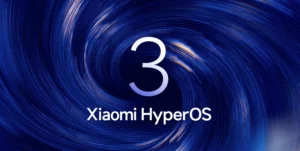
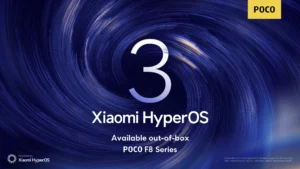
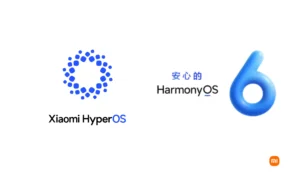
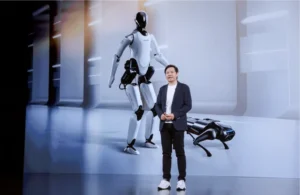

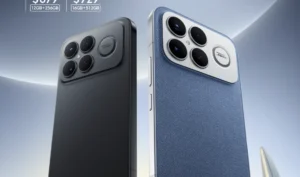

https://www.webwiki.it/roscar.pt